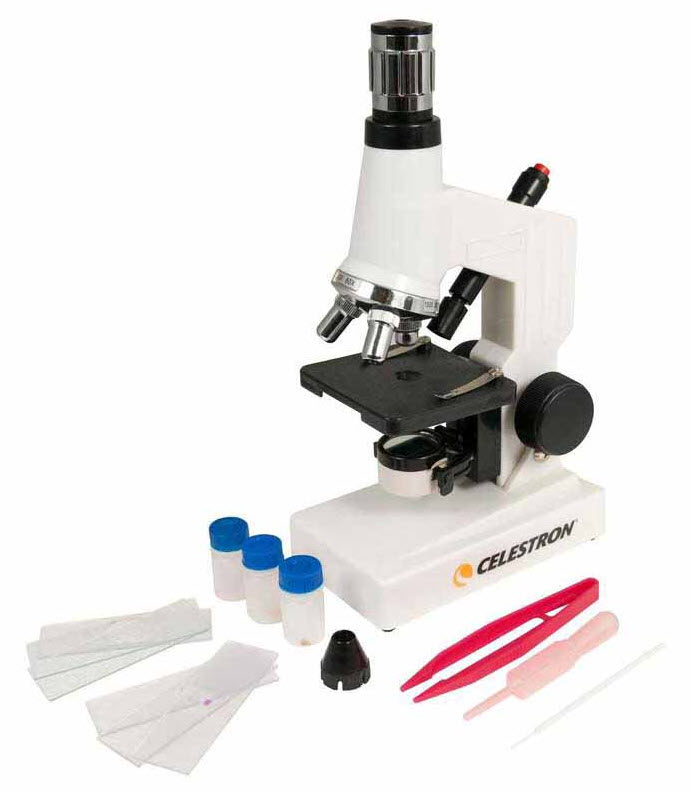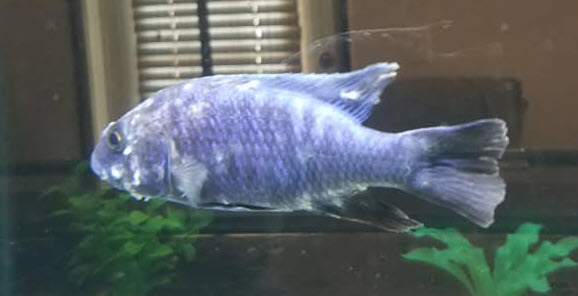
Slime coat syndrome is when the mucus on a fish is produced in such amounts that it sloughs off the fish and gives a ragged appearance to the fish. The fish will have subdued colors due to the thick mucus.
This is called “slime coat syndrome” (excess mucus on the body). If you analyze the slime with a microscope you will very roughly find:
- 40% of the time you will have a gram-negative bacterial infection
- 30% of the time you will have flukes.
- 20% of the time you will have chilodonella or costia
- 10% of the time you’ll find no obvious pathogen
You can tell which is which by the speed with which the disease progresses and how serious the fish’s conditions are. Flukes rarely result in death and the disease comes on gradually. Bacterial infections on the other hand come on fast and kill fish rapidly. Chilodonella and costia are in between flukes and bacterial.

Note that one common cause of slime coat syndrome is chlorine or chloramine in the water. If a fish gets slime coat the first question becomes “Did you just do a water change with tap water that has chlorine or chloramine in it?” If the answer is yes your water supplier just did something called a “chlorine pulse” and your fish were hit with a high dose of chlorine. This is delved into in this link:
Here are some fish with typical cases of slime coat syndrome:

Treatment
If the symptoms aren’t clear cut, treat this with a combination of three different medications. Add Praziquantel (Hikari Aquarium Solution Health Aid PraziPro, Thomas Labs Fish Tapes or Fish Tapes Forte) to the water for the flukes and formalin medication (Ich-X, Rid-Ich Plus, White Spot Remedy or Mardel QuickCure) for the chilodonella and the costia.
Then add both praziquantel and a broad-spectrum antibiotic to the food (Thomas Labs Fish Mox, Midland Vet Service Aqua-Mox, VetDepot Amoxicillin, Fishbiotic Ampicillin, Mardel Maracyn 2, SeaChem KanaPlex, Thomas Labs Fish Min or Thomas Labs Fish Doxy) for the flukes and bacterial disease.

It is easy to make medicated food. Heat 1/4 cup water (two ounces or 58 milliliters, not a lot) in the microwave. Then blend one 1/4 ounce of plain animal derived gelatin (Knox gelatin, one envelope) into the hot water with vigorous stirring. Take two tablespoons of dry commercial fish food (pellets or flake) and mix it with just a little of the hot water/ gelatin mixture. Add hot water/gelatin until you get a paste like consistency. If it gets too watery just add more food.
Then add roughly 1/16 teaspoon (a 1% to 2% addition) of both medications to the mud. Mix and mash the whole mass thoroughly. Spread it out into a pancake about 1/8th inch (3 mm) thick on a plastic film or a plate. Then put in the refrigerator. If you plan on keeping it for more than two weeks put it in a small plastic bag and freeze. Note that the exact amount of medication which goes into the food is not very important. Antibiotics and praziquantel can be overdosed pretty much with abandon as they are only toxic in large doses over a period of months.
There is research which says a 3% salt bath (the salt concentration of the ocean), repeated every 24 hours is effective. Put the fish in a 3% salt bath for 30 seconds to ten minutes. When the fish loses equilibrium and rolls over, quickly return them to fresh water.
A liter of water is 1,000 grams. There are 5.69 grams of salt in a level teaspoon of salt. So a 3% solution is about 5 level teaspoons of salt per liter of water. Or 20 level teaspoons (roughly half a cup) per gallon of water in a tray. The exact concentration of salt isn’t too important, just make sure it is strong.

Microscope Analysis
Slime coat syndrome is difficult to diagnose with certainty. One must take skin scrapings and examine them under a microscope to be certain of a diagnosis. A good microscope is a very good investment for the serious fishkeeper.
DO NOT BUY an electronic USB digital microscope which attaches to one’s computer. These do not magnify as much as they claim. Good analysis needs a student microscope with at least a 400x magnification.

The following link is to an article on Flukes:
The following links to bacterial infections:
The following is a link to chilodonella and Costia:
10.2.5. Chilodonella and Costia

.
.
Aquarium Science Website
The chapters shown below or on the right side in maroon lead to close to 400 articles on all aspects of keeping a freshwater aquarium. These articles have NO links to profit making sites and are thus unbiased in their recommendations, unlike all the for-profit sites you will find with Google. Bookmark and browse!
.

